Are you planning to get rid of your favorite potted plants because they have grown mold on them? Well, you don’t have to do that anymore because you can easily get rid of the mold, in fact, moldy soil can actually be beneficial for your plants.

Did you know that not all molds and fungi are harmful to plants? If the mold is white and fuzzy, it is most certainly saprophytic fungi (mold).
Saprophytic fungus is caused by Compost fungi which occurs naturally in plants. It is beneficial for plants as it helps in the process of decomposing non-living organic matter to make the soil rich.
At this point, you must be thinking, what happens if your potting soil grows mold on it and how to get rid of that mold? We are going to answer all these questions in this article but before we do that, lets first find out the common types of molds found in potting soil.
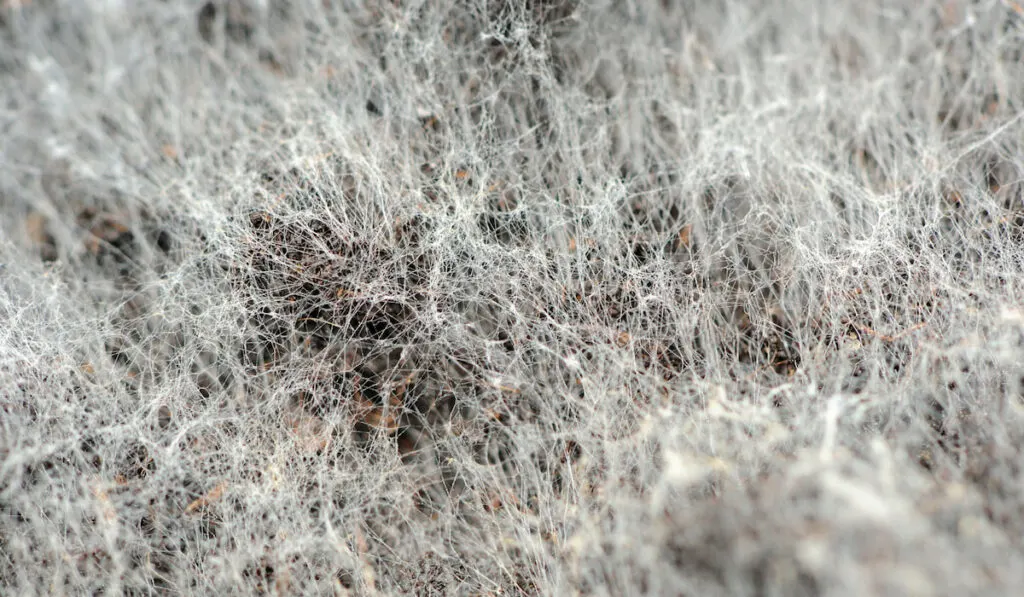
Table of Contents
Common Types of Potting Soil Molds
There are hundreds of different types of molds, however, the most common one found in potting soil is saprophytic mold commonly known as white mold.
Saprophytic mold obtains carbon from organic matter that it uses to flourish. The most common saprophytic molds are:
- Mucor
- Penicillium sp.
- Aspergillus sp.
- Trichoderma sp.
Let’s take a brief look at these types
Mucor
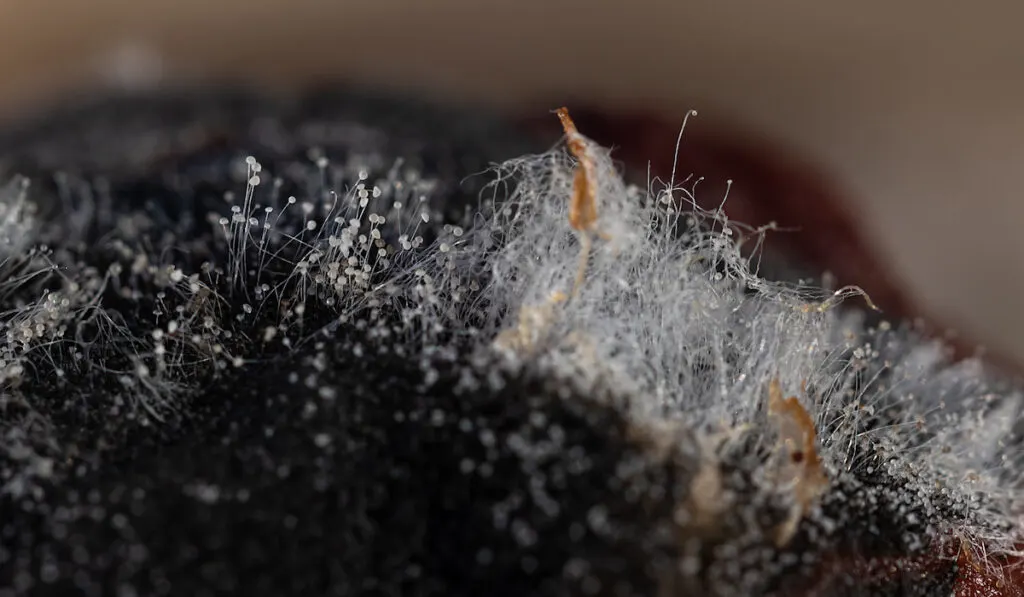
Mucor is a mold commonly found in soil, plants, and cow dung. It uses the grains, which are harvested when the soil is disrupted, to grow. It widely grows on decomposed organic matter, especially the ones rich in starch and sugar.
Penicillium sp.

Penicillium mold grows where there is sufficient humidity and the area is damp which is why this mold commonly grows in potting soil. Penicillium sp. is a widespread soil fungus and can easily spread in nature through soil and air. Studies suggest that when Penicillium sp. comes in contact with roots, it improves the plant’s growth. (source)
Aspergillus sp.
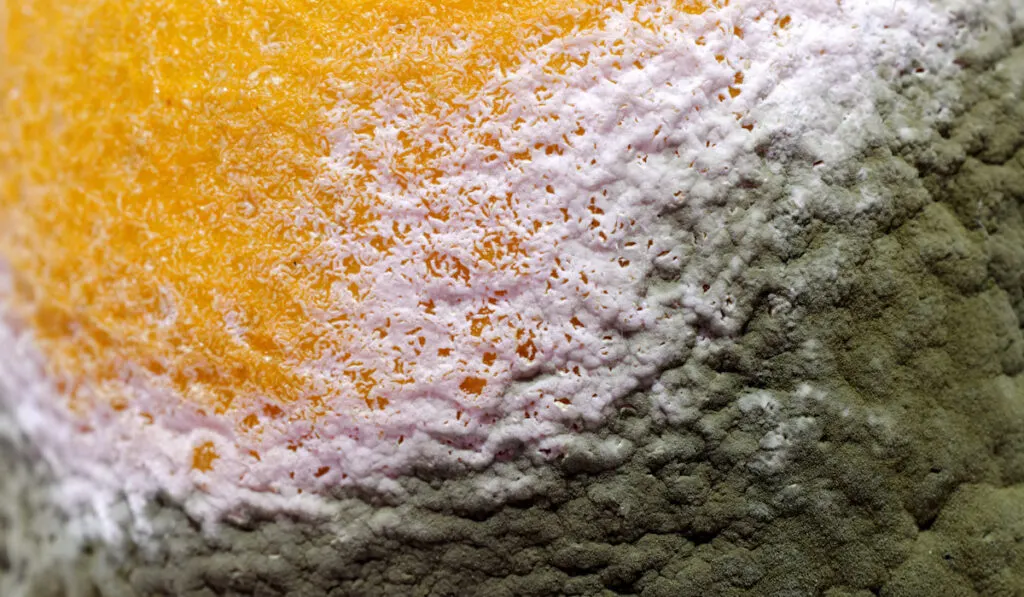
It is commonly found in soil, seeds, and grains where it nourishes as Saprophytes. Indoor plants are a primary source of growth for this mold. While this mold is useful for soil, it is extremely harmful to humans and can cause many respiratory diseases.
Trichoderma sp
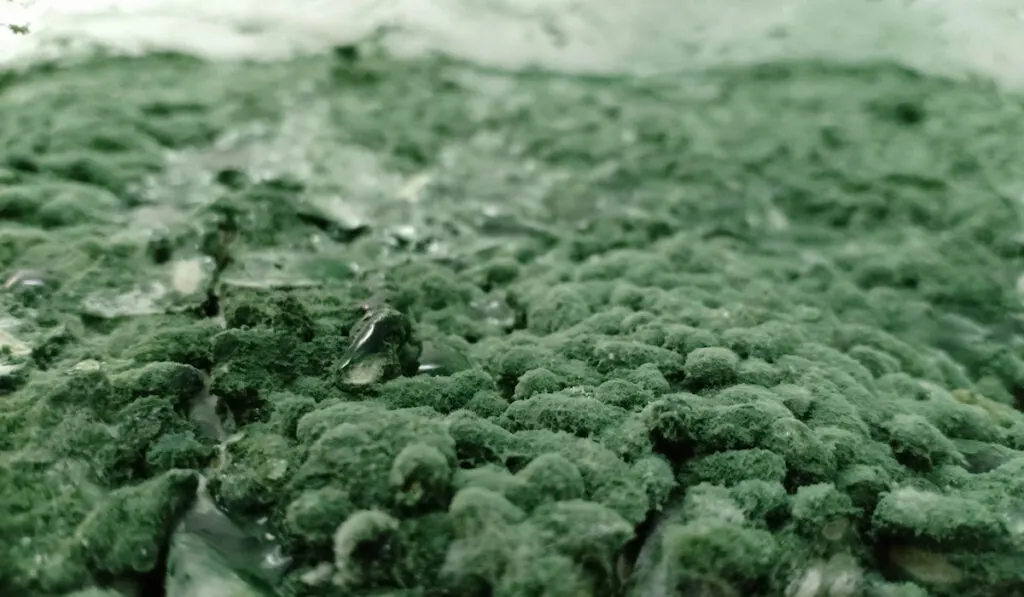
Trichoderma is a fungi genus that is found in nearly all soil and other parts of plants such as seeds, grains, etc. This mold nourishes in the presence of a high level of plant’s root. Moreover, it also prevents other harmful fungi from attacking the plant and boosts the growth of the plant.
Although not very common, but other molds found in potting soil are; sooty mold, grey mold, and powdery mildew.
Now that you have discovered different types of molds let’s proceed with why your potting soil might have mold on it.
Why Your Potting Soil Might Become Moldy
If you love gardening and pot new plants now and then you may have come across moldy potting soil. So, here’s the reason behind it.
The mold you see on your potting soil is white mold which thrives in humid and moist conditions. This may be caused by overwatering the plants, inadequate drainage, and using old or impure potting soil.
If mold appears on your indoor plant’s potting soil it could be due to excessive anaerobic conditions (no air). It means that the soil is not receiving enough air which encourages the growth of mold in it.
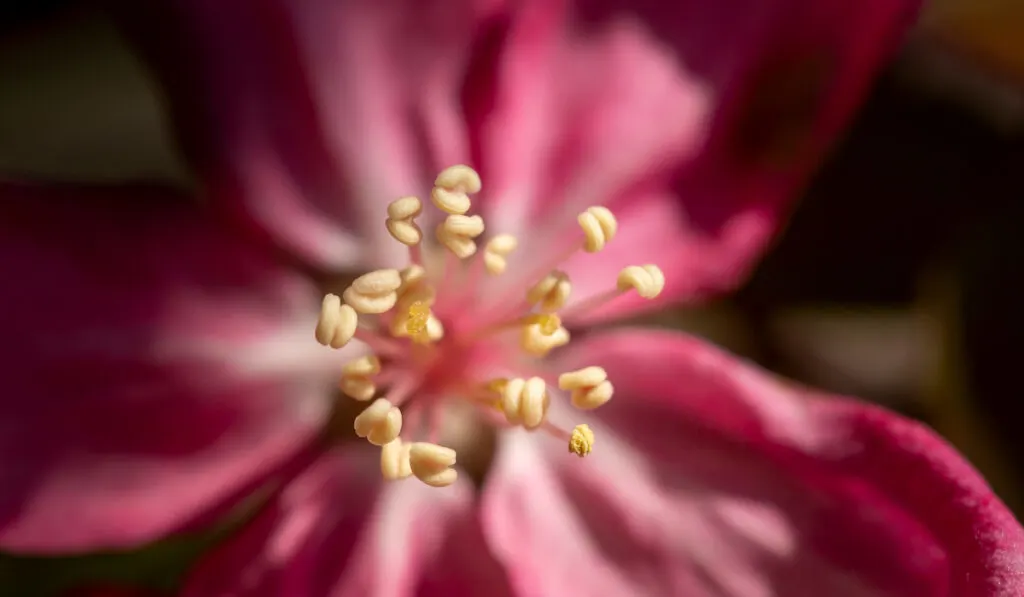
Another reason could be the lack of sunlight. When the indoor plants don’t get enough sunlight, they do not get sufficient nutrients required for them to stay fresh and healthy. Insufficient sunlight results in damp and moist conditions that promote the growth of mold.
If you use organic fertilizer for your potting soil, it could be another possible cause of mold. The ingredients present in the fertilizer contain all the essential nutrients that the existing bacteria need to thrive. When the bacteria start flourishing it gives rise to what you see as white mold.
Now back to the main question, what happens if your potting soil grows mold on it and how to get rid of that mold?
What Happens If Your Potting Soil Has Mold on It
Having mold on potting soil is not necessarily a bad thing. It does not damage the plant but could be an indication that the soil isn’t getting what it needs to flourish.
White mold or Saprophytic fungi commonly found in potting soil is also called “litter transformer” because it consumes decaying organic matter and converts it into something useful for the soil.
However, that does not mean you can keep on using moldy potting soil. It’s better to get rid of that mold because it will eventually start affecting your plants and the leaves will start to turn yellow, wilt, or die.
Not only indoor plants but outdoor plants can also be affected by mold as it releases spores that are carried by the wind and can contaminate other plants. But the good news is that you won’t have to throw away your plants because you can easily get rid of the mold.
How to Get Rid of Mold in Potting Soil
When you spot mold in your potting soil your first instinct would be to scrape it off but it can be done through other useful ways as well. However, before trying anything, make sure you wear gloves and a face mask because mold can be harmful to humans.
Put them in sunlight

Before you do anything else, put the plants in a place where they can soak plenty of sunshine as well as get enough air. If the mold is in its initial phase, it is likely to go away by absorbing sufficient air and sunshine.
Repotting the plants
Another effective method is to take the plants out of the pot and replace the moldy soil with fresh and pure potting soil and while you are at it, don’t forget to clean the pot as well to ensure no trace of mold is left.
After repotting the plants, make sure to acquire an effective care routine to avoid regrowth of mold.
Use a fungicide
Once you have tried to remove the mold manually, you can go for a fungicide to get rid of any traces of mold still present in the roots.
If you want to avoid chemicals and opt for a natural option, you can mix Potassium Bicarbonate with water and use that. Cinnamon (Cinnamaldehyde) also acts as a natural fungicide.
Now you know that not only houseplants but outdoor plants can also get mold on them. It is important to maintain an effective care routine to prevent the occurrence of mold.
While mold may be beneficial for your potting soil, in the longer term it may damage your plants so it is vital to get rid of it. So get it done today and enjoy your gardening!
